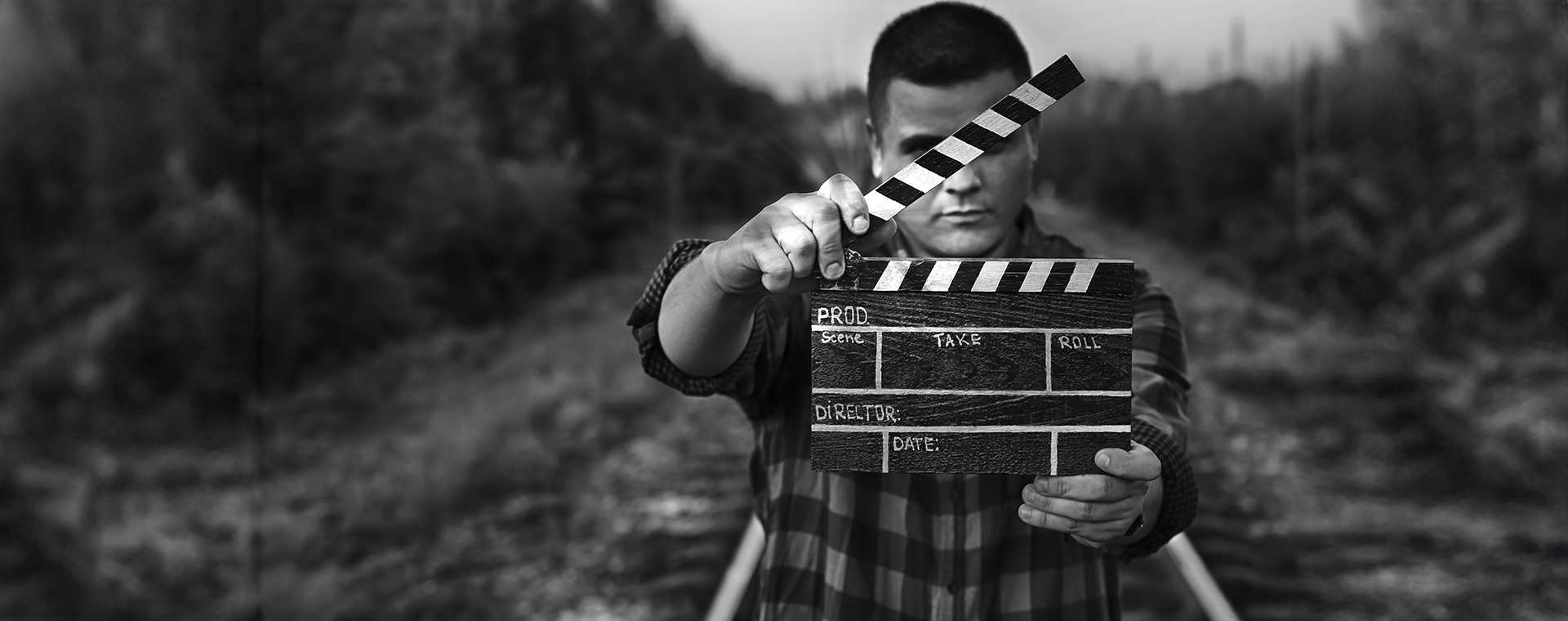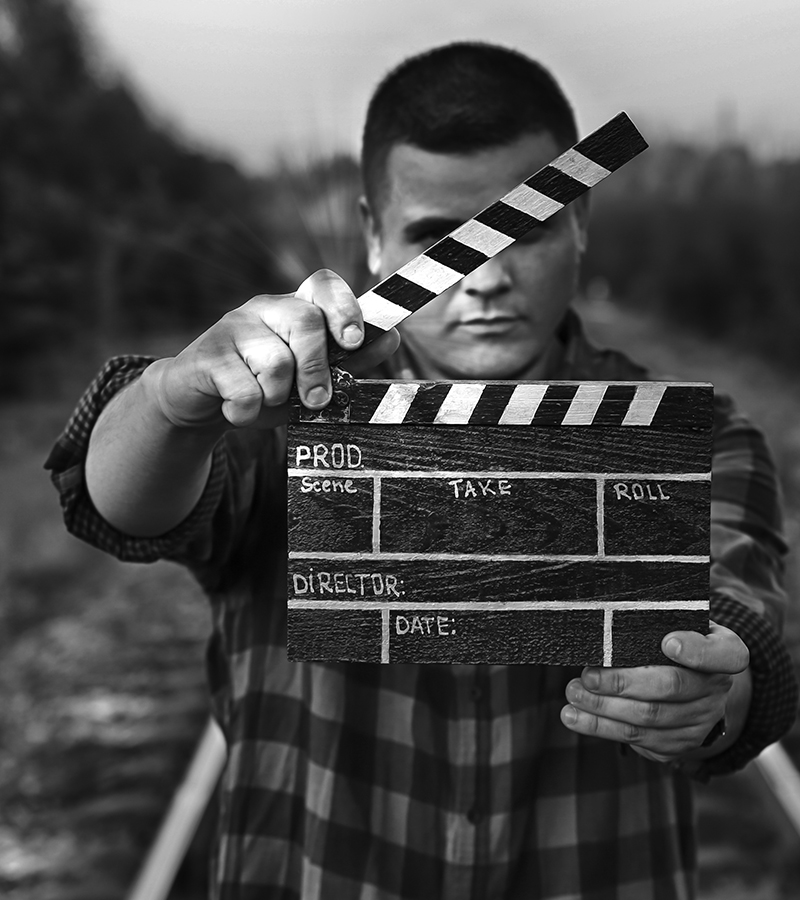

Unveiling the Secrets: How Renowned Indian Filmmakers Find Inspiration
Discover the unique habits that spark the creativity of renowned filmmakers. Learn from their unique practices and unleash your creative potential.
Filmmaking thrives on a delicate balance between meticulous planning and the spark of individual brilliance. While the finished product might appear effortless, the journey often involves unique and quirky habits that fuel the creative fire of renowned directors. These seemingly odd routines, far from mere idiosyncrasies, offer valuable insights into the diverse paths to creative expression.
Vivek Ranjan Agnihotri: Finding Your Voice and Perspective
Drawing inspiration from personal experiences and those of close acquaintances, Agnihotri crafts authentic and relatable stories. His films tackle complex social issues and spark meaningful conversations, reminding us of the power of movies to connect with audiences on a profound personal level.
Drawing inspiration from personal experiences and those of close acquaintances, Agnihotri crafts stories that are authentic and relatable. This emotional connection allows him to create narratives that resonate with audiences on a profound personal level. He is known for his meticulous research and fact-checking process, ensuring the authenticity of his storytelling even when tackling controversial subjects.
Beyond Routine: The Power of Ritual and Environment
Sanjay Leela Bhansali: Create a routine
Develop a pre-creative routine that helps you center yourself and clear your mind. This could involve meditation, deep breathing, listening to music, or spending time in nature. Finding what works best can significantly enhance your focus and creative flow.
Beyond just seeking blessings, Bhansali’s daily puja and mantras are a powerful centering practice, fostering mindfulness and clarity of thought. This ritual sets the stage for focused creativity, allowing him to approach his work with a heightened sense of purpose.
Anurag Kashyap: Embrace collaboration
Surround yourself with other creative individuals, bounce ideas off each other, and be receptive to diverse perspectives. This collaborative spirit can spark innovation and lead to unexpected breakthroughs in your storytelling.Kashyap’s legendary chai-fueled brainstorming sessions go beyond the mere beverage. These gatherings are a testament to the power of collaborative creativity. The relaxed and informal atmosphere allows for the free flow of ideas and opinions, fostering innovation and building a solid community among his team members.
Shoojit Sircar: Seek inspiration beyond the studio
Step outside your comfort zone and immerse yourself in new environments. Pay close attention to the sights, sounds, and stories surrounding you. This constant exposure to the world can fuel your creativity and enrich your storytelling.
Sircar’s preference for the chaotic energy of Mumbai streets as his writing backdrop isn’t just a quirk but a deliberate choice. He thrives on the sensory overload of urban life, using it as a catalyst for ideas. This immersive experience infuses his stories with a vibrant realism that resonates with audiences.
Unveiling the Muse: Inspiration from the Senses and Beyond
Imtiaz Ali: Engage all your senses
Explore how other senses can enhance your storytelling. Incorporating sounds, textures, smells, and tastes into your narratives. This multi-sensory approach can create a more immersive and emotionally engaging experience for your audience.Ali’s well-known culinary inspirations go deeper than simply enjoying a good meal. With its complex tapestry of flavors and aromas, food evokes memories, emotions, and stories, serving as a potent source of inspiration for his character development and narrative direction.
Vishal Bhardwaj:Harness the power of sound
Pay close attention to your film’s soundscape. Explore how music, sound effects, and even silence can create specific emotions, build tension, and enhance the overall storytelling experience.
Bhardwaj’s masterful use of music as a narrative tool is a testament to the power of sonic landscapes. He meticulously crafts soundtracks that set the mood and shape the story’s emotional arc, adding depth and dimension to the narrative.
Aamir Khan: Experiment with different creative tools
Feel free to experiment with various tools and techniques that may enhance your creative process. Whether handwriting your scripts, sketching storyboards, or playing with physical props, explore what sparks your imagination and helps you connect with your story on a deeper level.
In an age of digital dominance, Aamir Khan’s commitment to handwritten scripts speaks volumes about his creative process. This tactile connection with his work allows deeper engagement with the material, fostering creativity and insightful character development.
Delving Deeper: Finding Solace in Solitude and the Power of Place
Zoya Akhtar: Discover your creative time
Identify the times of day when you feel most focused and inspired. Schedule dedicated time for creative work during these periods and create an environment conducive to deep thinking and concentrated exploration of your ideas.
While some find inspiration in the bustle of the city, Akhtar thrives in the quiet solitude of the night. Her night owl work schedule allows her to escape distractions and explore ideas with a deeper focus.
Mani Ratnam: Consider the role of the setting
Don’t underestimate the power of location in your storytelling. The setting can shape your film’s atmosphere, mood, and even characters. Choose places that visually complement your story and add depth and authenticity to the narrative.
While Ratnam is known for his meticulous attention to detail in scriptwriting, he also incorporates a degree of improvisation during filming. This allows him to capture the natural flow and spontaneity of real-life interactions between his actors, adding a layer of authenticity to his characters and performances.
Farah Khan: Rehearse, refine, and repeat
Rehearsals are not just about memorizing lines. Dedicate time to thorough rehearsals, individually and with your cast, to create a polished and impactful film.
Khan’s films are known for their grand visuals, elaborate sets, and larger-than-life characters. This isn’t just about creating a visually stunning experience; it also reflects her belief in the power of storytelling through spectacle. The elaborate dance sequences, vibrant costumes, and larger-than-life performances become integral parts of her narratives, immersing audiences in the world she creates and heightening the story’s emotional impact.
Conclusion: A Journey of Creative Exploration
The world of filmmaking is brimming with diverse approaches and unique perspectives. While the lessons from these renowned directors offer valuable insights, remember that there’s no one-size-fits-all formula for creative success. Embrace your individuality, cultivate your unique creative process, and let your passion for storytelling guide you on your filmmaking journey. Don’t be afraid to experiment, take risks, and find what ignites your creative spark. Remember, the most captivating stories often come from unexpected places, and your unique voice and perspective are your greatest creative assets.
As aspiring filmmakers, we can learn from the experiences of these established directors and use them as stepping stones on our creative paths. By incorporating these lessons and cultivating our unique approaches, we can embark on a fulfilling journey of artistic exploration and share our stories with the world.






